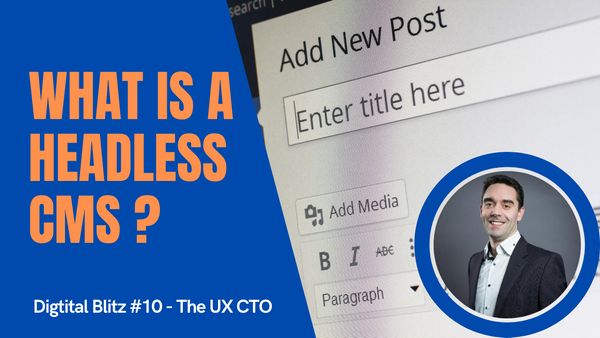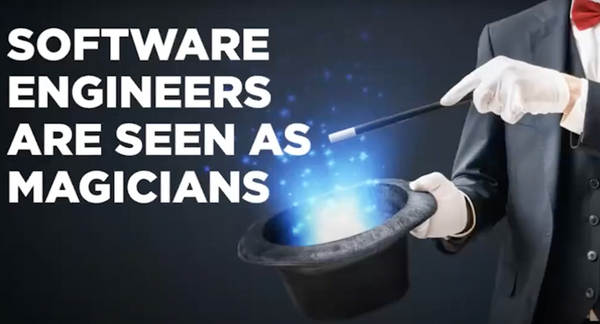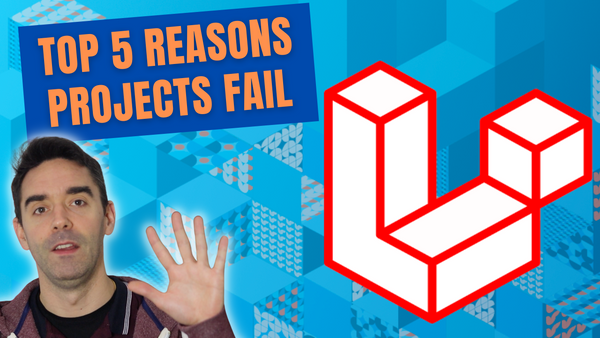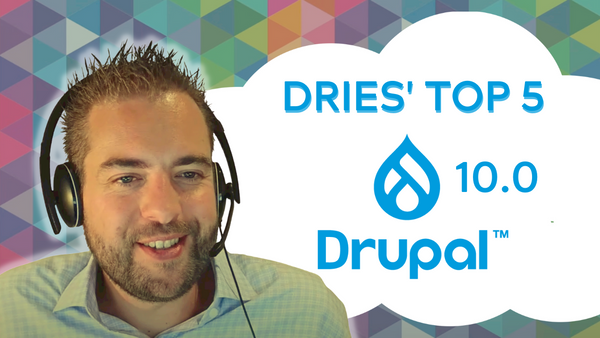Hey! Welcome to this new edition of Digital Blitz, your 2-minutes brief on everything, UX, Tech and Compliance.
If you have a website with a content management system, a CMS, you're probably using it to publish news or create new product. But what do you do when you want to share the same content on a mobile app, on a dashboard or as an Alexa skill, for example?
To maximise your digital assets and future proof your marketing, you need to open up your content to multiple channels. You need a headless CMS. Headless basically means that the authoring experience on the backend is decoupled from what the end user sees, the presentation layer. And that's the beauty of a headless: it lets you create once and distribute and publish everywhere.
Your headless CMS becomes your content repository, the single source of truth. And because it's all in one place it's easier to manage and secure.
The way it works once it's implemented, you still have this admin area to author your content, but the website is just one of many different outputs.
Using APIs means you can expose your content and all your digital assets in different formats. You can share it across different brands, with partners, or even reuse it for print if you still need it.
There are lots of providers who do headless CMS, all the major one like Drupal, they're all becoming headless now. And they're even cloud options to reduce all the headaches on hosting security patches and upgrades.
But remember the biggest challenge is actually about the way you structure your content to make sure it can be reused across those different channels. It's really important to consider and go through is thorough UX process, not just the tech behind it.
If you're on this journey and you're wondering if headless might be a good fit for you, just get in touch. Don't forget to subscribe to my YouTube channel and follow me on Twitter to keep learning with me and grow your career in digital.
Until next time, stay safe and see you soon.



